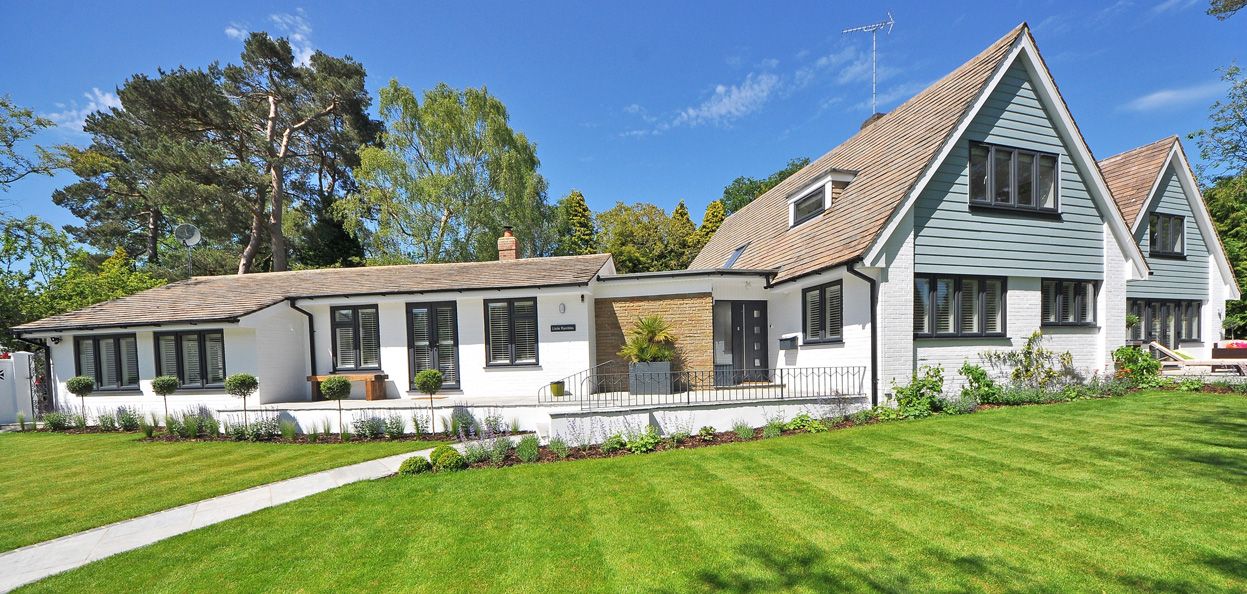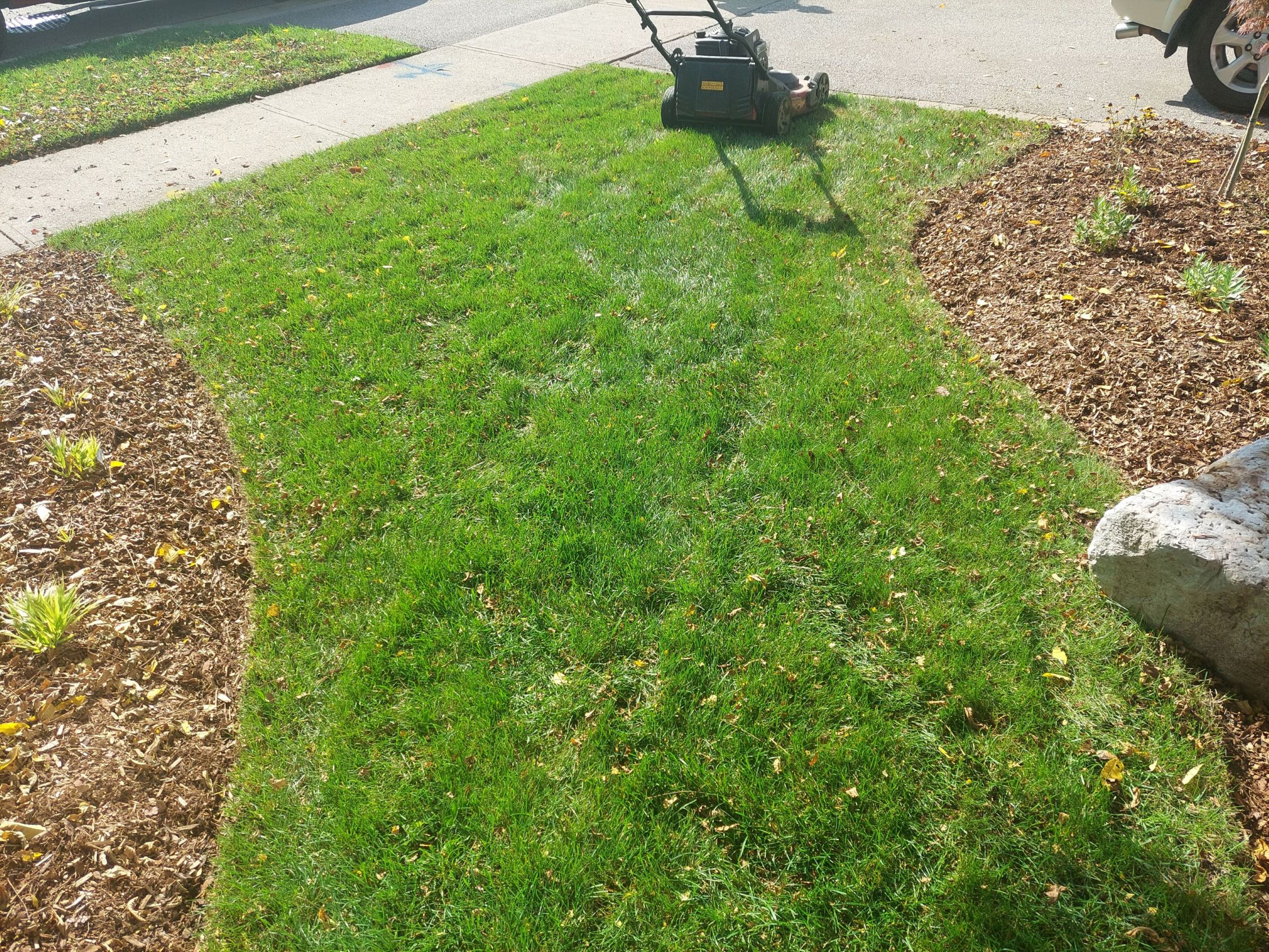So one my pet peeves is lawn care. There are a number of landscape designers who hate lawns and call them a waste of resources. I am agnostic as far as lawns go. I have seen louses with large lawns that looked good and houses with no lawns that look good.
Healthy lawns have some very good environmental benefits. Some of the benefits of a lawn is carbon sequestering, rain water capturing and filtering and oxygen production. The problem is, there are truly very few healthy lawns.
I have an odd way of evaluating a lawn. I try to grow barefoot lawns. A lawn that feel good on the soles of your feet. You can walk barefoot on the lawn and connect with the earth’s energy.
Some of what I am going to say you may find… odd. But in reality, we grow lawns to standards set by the Ontario Ministry of Agriculture and Rural Affairs (OMAF) as well as the Guelph Turfgrass Institute (GTI). The standards we use are Canadian made. Many others rely on training that is often based on US standards.
One of the biggest issues with lawns is people mow their lawns far too short. And then they don’t water the lawn. Mowing is the most critical issue though. Lawns should be mowed to 2 ½” or about 6 cm. Most people I see mow their lawn when it GETS 2 ½” tall. When we get a new turf care client the first part of our relationship is teaching them that their lawn will be mowed taller than they are used to. Once they walk barefoot on their lawn after we start taking care of it they understand!

The next issue is water. We have clients with irrigation systems that are not set up correctly. I am a trained Certified Irrigation Technician. I was taught how to set up a timer – incorrectly. The training set up a timer for a situation like a gold course – on sand based soils. Lawns in our area need to have 1” to 1 ½” of water weekly; in one application. This technique allows the water to move deeply into the soil. This encourages the grass plant’s roots to grow deeply into the soil. This allows the lawn to develop a resistance to drought as the roots have access more of the entirety of the soils water.

Fertilizing and spraying I am going to lump all together. There are many lawn care companies that have not really embraced the pesticide ban. We have had GREAT success with our clients putting their lawns on a more holistic approach to lawn care. We are licenced to spray (legal) pesticides. We have not sprayed yet. Most sprays I see being applied are completely unwarranted. Current pesticides such as Fiesta is not a prophylactic. It can only be sprayed on actively growing weeds.
We fertilize based on GTI and OMAF guidelines. BUT we take into consideration the fact we mulch lawns when we mow, the exposure of the lawn, if it is watered well and properly. We reduce the amount of fertilizer used. Its that simple. AND then we strive to fertilize when the lawn and the weather tell us. Here is something else: if a lawn is growing on soil that has achieved nutrient balance (whatever that means to you), and the lawn isn’t stressed, it really doesn’t need to be fertilized.
So here is my recipe for a good and healthy lawn.
- Mow the lawn when it needs it and only to 2 ½” – 6 CM. This is not a suggestion. If all you do is this, your lawn’s health will improve.
- Water the lawn weekly, 1” to 1 ½” in one application.
- Fertilize if needed:
- Mid to the end of May
- End of June
- Mid to the end of August
- Last week of October
- Use pesticides only when necessary
As always, if you have any questions please contact us.





